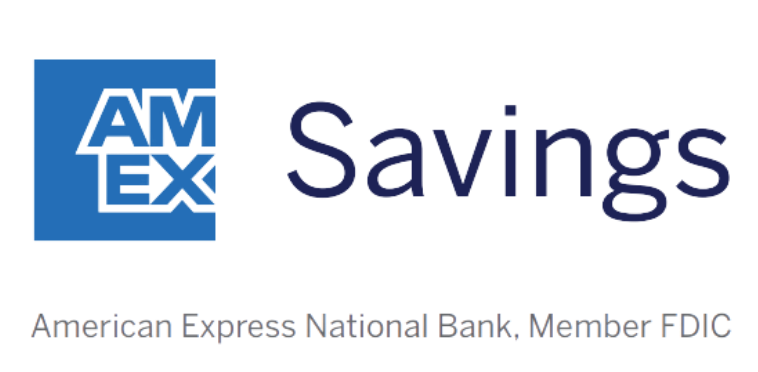The Federal Reserve has made two cuts to its benchmark interest rate so far in 2024, in response to cooling inflation. And the central bank is by no means done.
The Fed still needs to reverse the numerous rate cuts it made in 2022 and 2023. In the coming months, we’re likely to see interest rates fall even more.
Interest rate cuts could be a very good thing for consumers. When the Fed cuts rates, borrowing costs tend to drop. In 2025, it could become a lot cheaper to finance a car, sign a mortgage, or put a personal loan in place. But the Fed’s rate cuts aren’t all wonderful, because they’re apt to lead to a drop in savings account and CD rates.
It begs the question — will savings accounts still be worth contributing to in 2025? And the answer is a resounding yes.
Our Picks for the Best High-Yield Savings Accounts of 2024
|
American Express® High Yield Savings  APY 4.00% Rate info Min. to earn $0 Member FDIC. |
APY 4.00% Rate info |
Min. to earn $0 |
|
Capital One 360 Performance Savings  APY 3.90% Rate info Min. to earn $0 Member FDIC. |
APY 3.90% Rate info |
Min. to earn $0 |
|
Western Alliance Bank High-Yield Savings Premier  APY 4.46% Rate info Min. to earn $500 to open, $0.01 for max APY Member FDIC. |
APY 4.46% Rate info |
Min. to earn $500 to open, $0.01 for max APY |
Why a savings account always makes sense
Many savings accounts today are still paying around 4%. But as the Fed continues with its rate cuts, savings accounts could start paying a lot less. And it’s not out of the question that savings account rates will be closer to 2% by the end of 2025 than 4% like they are today.
But does that mean you should ditch your savings account in 2025? Not at all. In fact, it’s important to always have money in a savings account, even if rates are under 1%.
Unlike CDs, which require you to lock up your money for a preset period, savings accounts give you access to your money at all times without facing a penalty. And unlike investment accounts, which can produce generous returns, savings accounts are risk-free.
A stock portfolio could rise and fall in value, making it a poor choice for your emergency fund. But your savings account deposit is protected at all times, as long as it’s no more than $250,000 and your bank is FDIC-insured.
You need money set aside for emergencies at all times, because you never know when a surprise bill might pop up. You also never know when you might end up losing your job unexpectedly. It’s important to aim for at least three months’ worth of bills in your savings account so you’re covered no matter what — regardless of what interest rates look like.
Try to get the best savings account rate possible
Your primary goal in putting money into a savings account shouldn’t be to make money. Rather, it should be to find a safe home for the money you have earmarked for emergencies or goals that are coming up soon, like buying a new car.
But that doesn’t mean you shouldn’t try to get the best interest rate you can on your savings. There’s no reason to settle for a lower rate when your savings could be paying you more.
To find the best savings account rate, do these two things:
- Shop around. Check out different banks to see what they’re paying. You can start with this list of the best savings account rates.
- Go online. Online-only banks tend to offer higher interest rates than physical banks. Maintaining actual locations costs more, which is why brick-and-mortar banks often pay less interest than online-only banks.
No matter how much or little interest savings accounts are paying in 2025, they’ll absolutely be worth having. But it never hurts to find a better savings account if you’re not happy with the interest yours is giving you.

